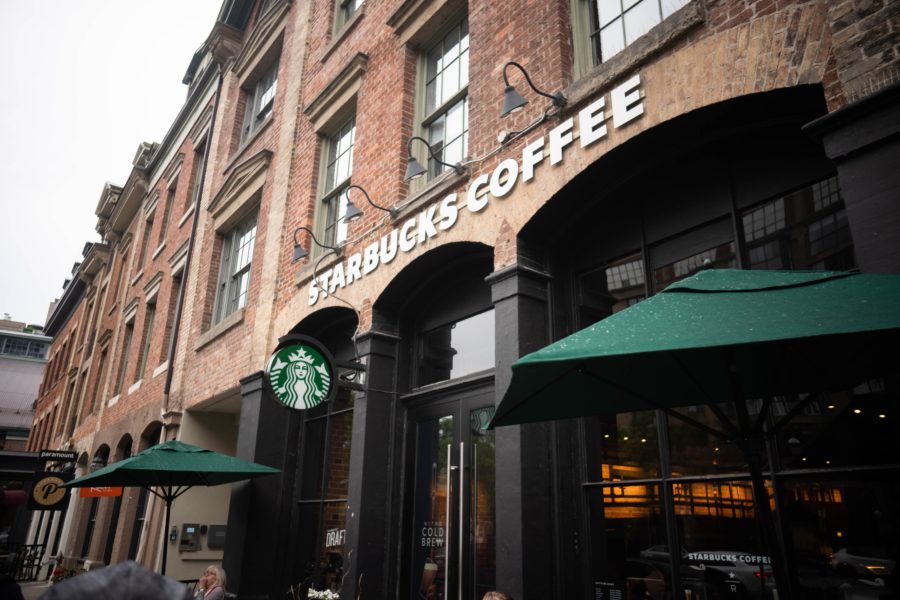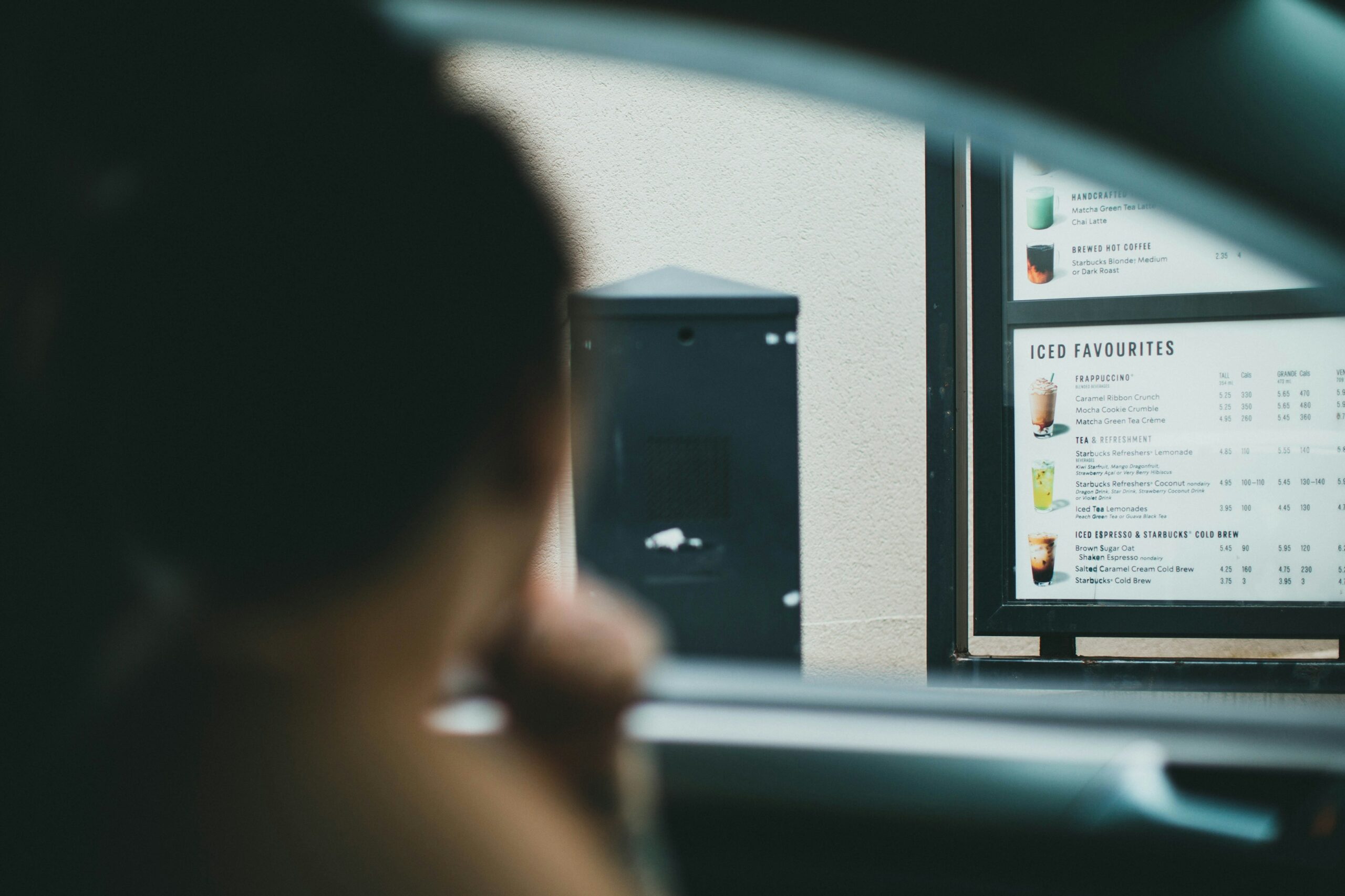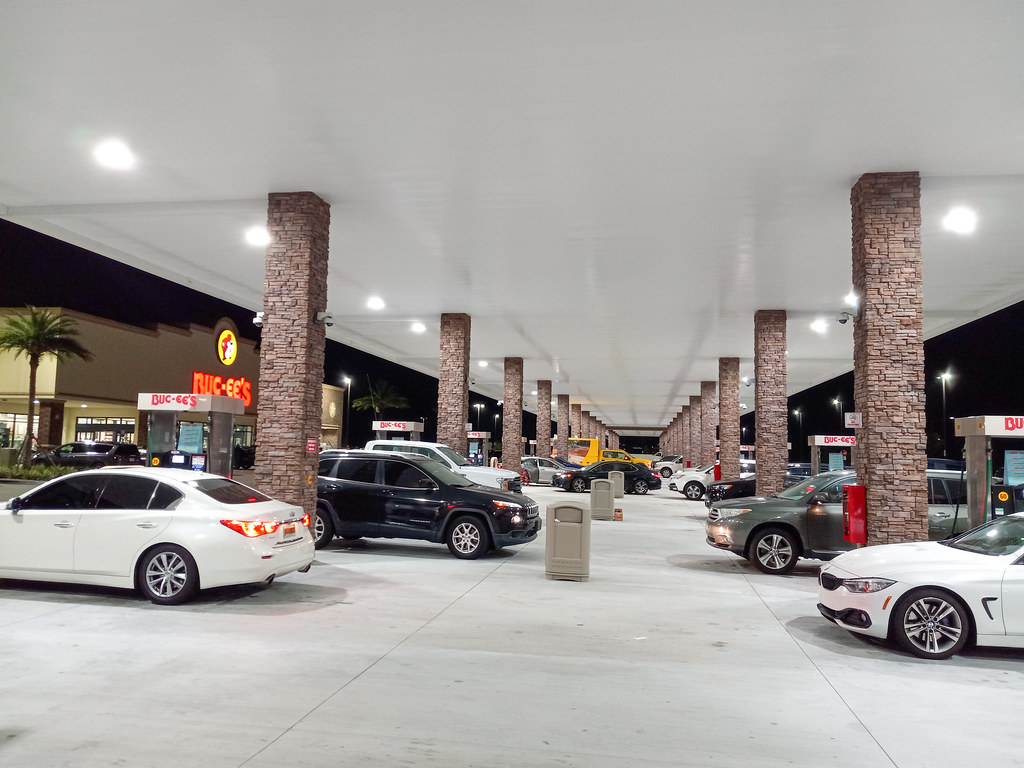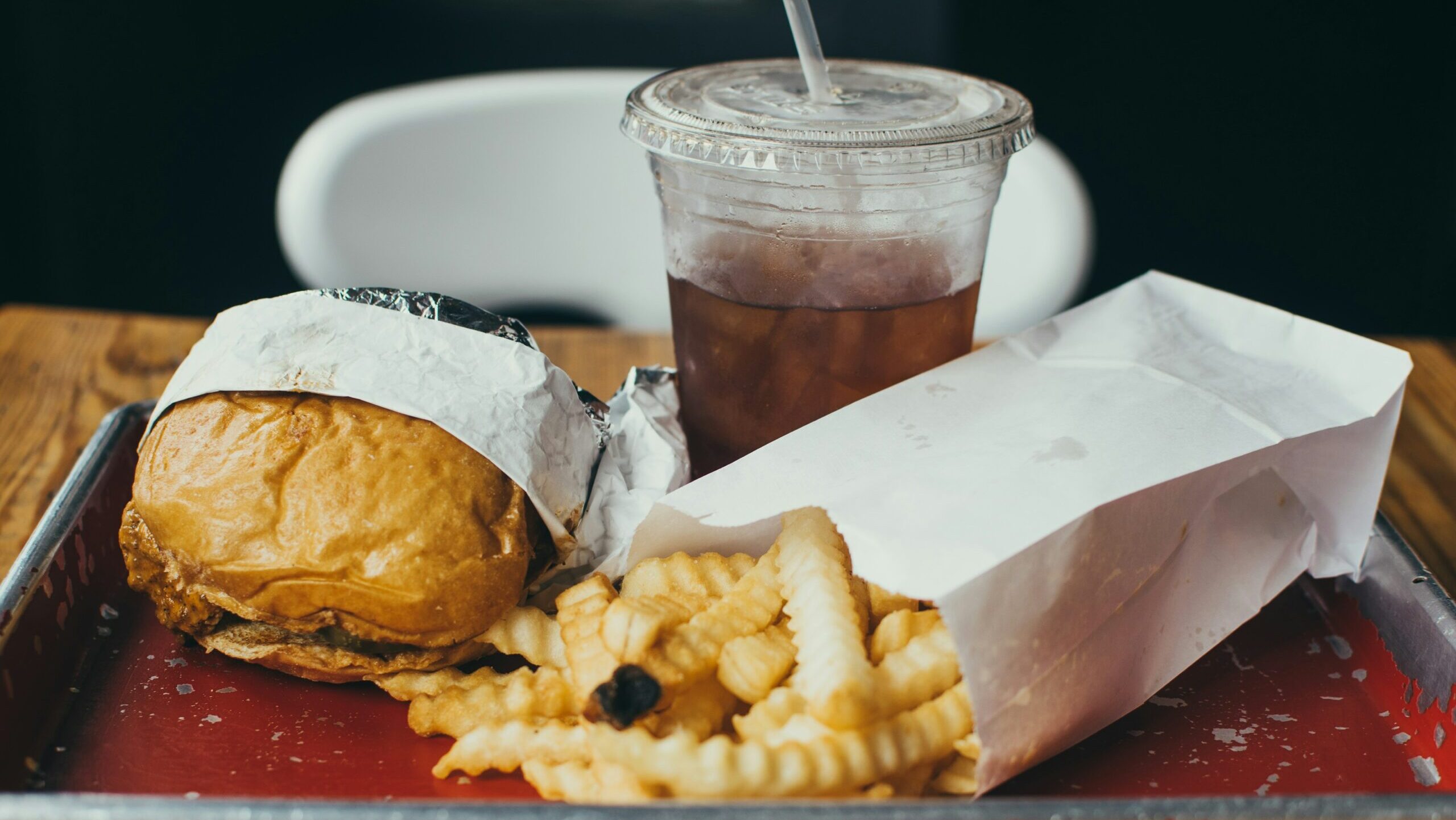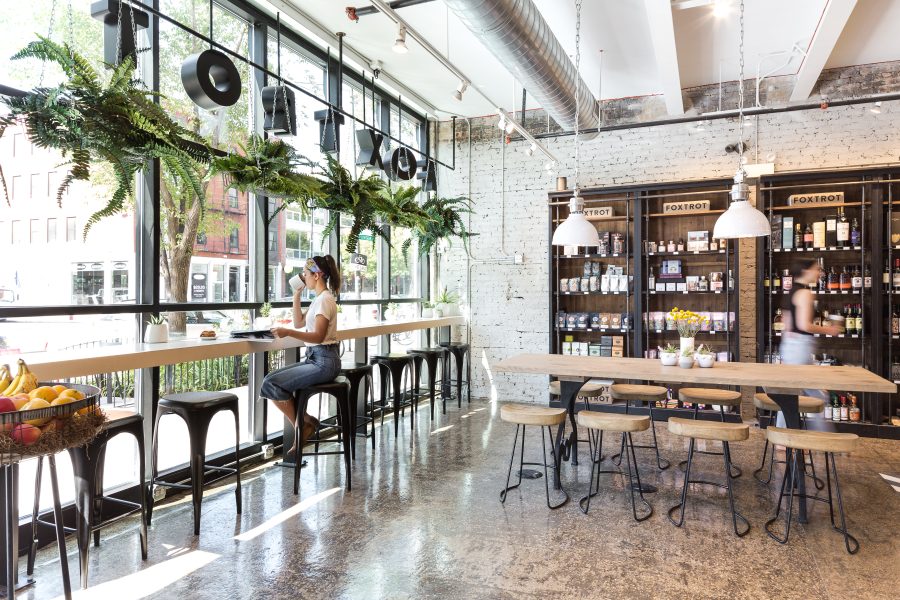With about 25% of restaurant locations expected to shut in the U.S., there has been huge growth in digital sales during the pandemic, according to the Limited Service Restaurant Digital Maturity Benchmark, 2020 report from Incisiv.
There has been around a 20% increase in the average capability adoption between pre-COVID (January 2020) and October 2020.
When it comes to restaurants, Starbucks has the most advanced digital capabilities of any limited service chain in the U.S., the report found. Panera Bread, McDonald’s, McAlister’s Deli, and Pizza Hut were also among the top digital performers in the ranking.
Over the summer, Starbucks announced plans to accelerate the expansion of convenience-led formats such as drive-thru, mobile order only Starbucks Pickup and curbside pickup to meet changing customers behaviors.
“Starbucks stores have always been known as the ’third place,’ a welcoming place outside of our home and work where we connect over a cup of coffee,” said CEO Kevin Johnson. “As we navigate through the COVID-19 crisis, we are accelerating our store transformation plans to address the realities of the current situation, while still providing a safe, familiar and convenient experience for our customers.”
In October, it was revealed that Starbucks was closing 800 stores as it leaned more into digital, reported QSR Magazine. During its fourth quarter, about 75% of Starbucks’ U.S. sales volume was from drive thru and mobile orders. Mobile order transactions increase to 24% from 18% in the second quarter.
The Incisiv report stated that, post-pandemic, the growth rate of digital ordering for limited service restaurants will stabilize with guests reverting to in-restaurant pickup and dining. Recovery in the restaurant business is expected to be on pace with the economy once the pandemic subsides.
However, online driven sales will continue to grow and reach 54% of the industry by 2025—70% higher than pre-COVID estimates. This has led limited service concepts to race for the best customer experience when it comes to delivery and takeaway.
Restaurants have realized the evolving customer demand and have scaled their capabilities over the last six months. Overall maturity in the industry remains a low-medium, according to the report, which added that restaurants should prioritize investments and deliver the best end-to-end customer experience through investments not just in their platform, but back-end integration, fulfillment, customer service, and operational excellence.
It was found that 70% of guests prefer restaurant delivery through third party, yet 41% of restaurant chains provide in-house delivery capability. Additionally, while 50% of guests prefer paying from a mobile wallet, fewer than 20% of limited service chains provide expanded payment options.
Although Starbucks appears to be the most advanced, other chains have made moves during the pandemic to expand their virtual footprints. For example, Chick-fil-A recently launched online ordering for its full menu nationwide, while Applebee’s plans to expand its market footprint by adopting a virtual kitchen model.


